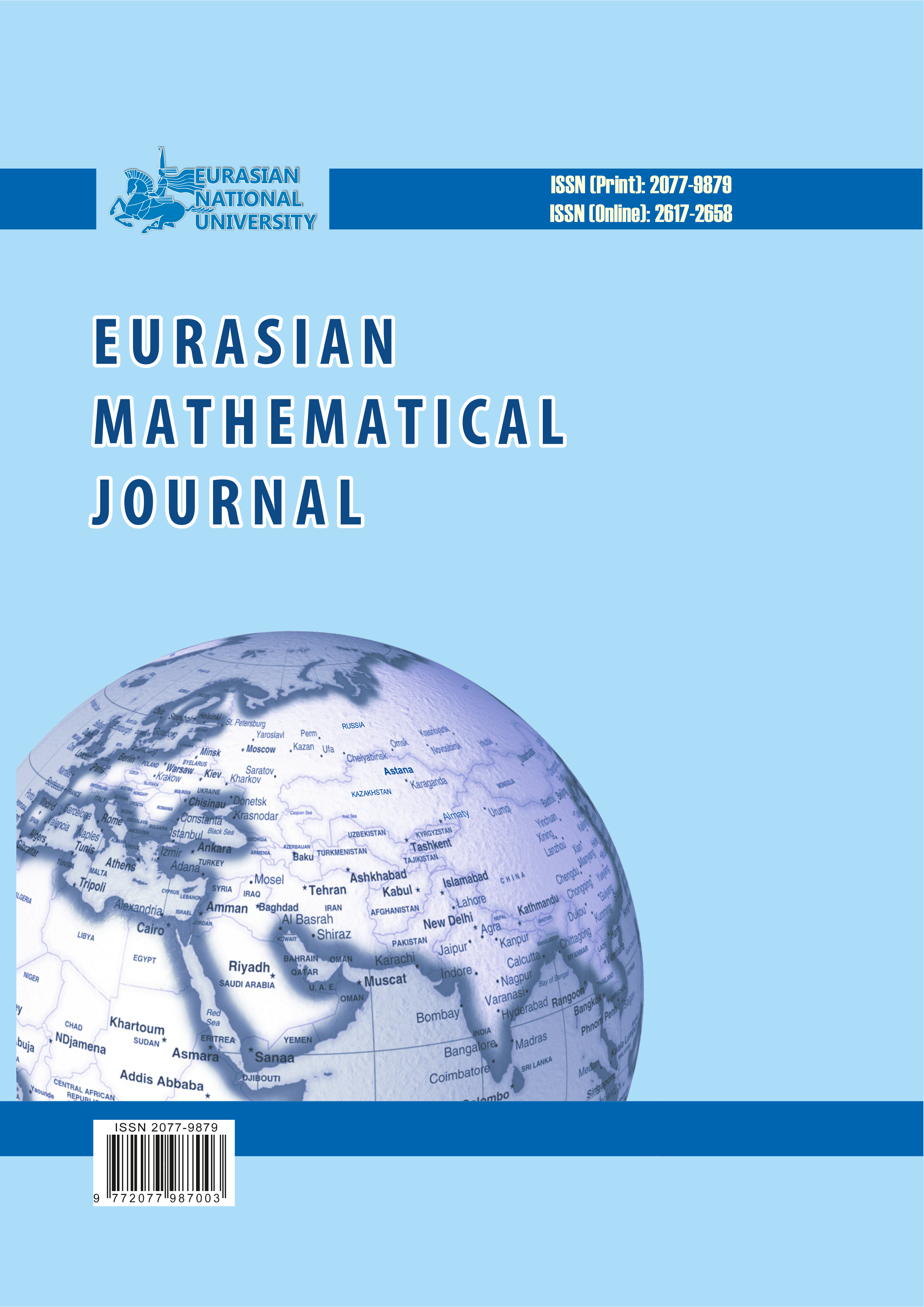Unconditional bases of subspaces related to non-self-adjoint perturbations of self-adjoint operators
Views: 9 / PDF downloads: 3
Keywords:
Riesz basis, unconditional basis of subspaces, non-self-adjoint perturbationsAbstract
Assume that \( T \) is a self-adjoint operator on a Hilbert space \( \mathcal{H} \) and that the spectrum of \( T \) is contained in the union \( \bigcup_{j \in J} \Delta_j \), \( J \subseteq \mathbb{Z} \), of the segments \( \Delta_j = [\alpha_j, \beta_j] \subset \mathbb{R} \) such that \( \alpha_{j+1} > \beta_j \) and
\[ \inf_j (\alpha_{j+1} - \beta_j) = d > 0. \]
If \( B \) is a bounded (in general non-self-adjoint) perturbation of \( T \) with \( \|B\| =: b < d/2 \), then the spectrum of the perturbed operator \( A = T + B \) lies in the union \( \bigcup_{j \in J} U_b(\Delta_j) \) of the mutually disjoint closed \( b \)-neighborhoods \( U_b(\Delta_j) \) of the segments \( \Delta_j \) in \( \mathbb{C} \). Let \( Q_j \) be the Riesz projection onto the invariant subspace of \( A \) corresponding to the part of the spectrum of \( A \) lying in \( U_b(\Delta_j) \), \( j \in J \). Our main result is as follows: The subspaces \( \mathcal{L}_j = Q_j(\mathcal{H}) \), \( j \in J \), form an unconditional basis in the whole space \( \mathcal{H} \).




